A Start To A Homeschool School Year
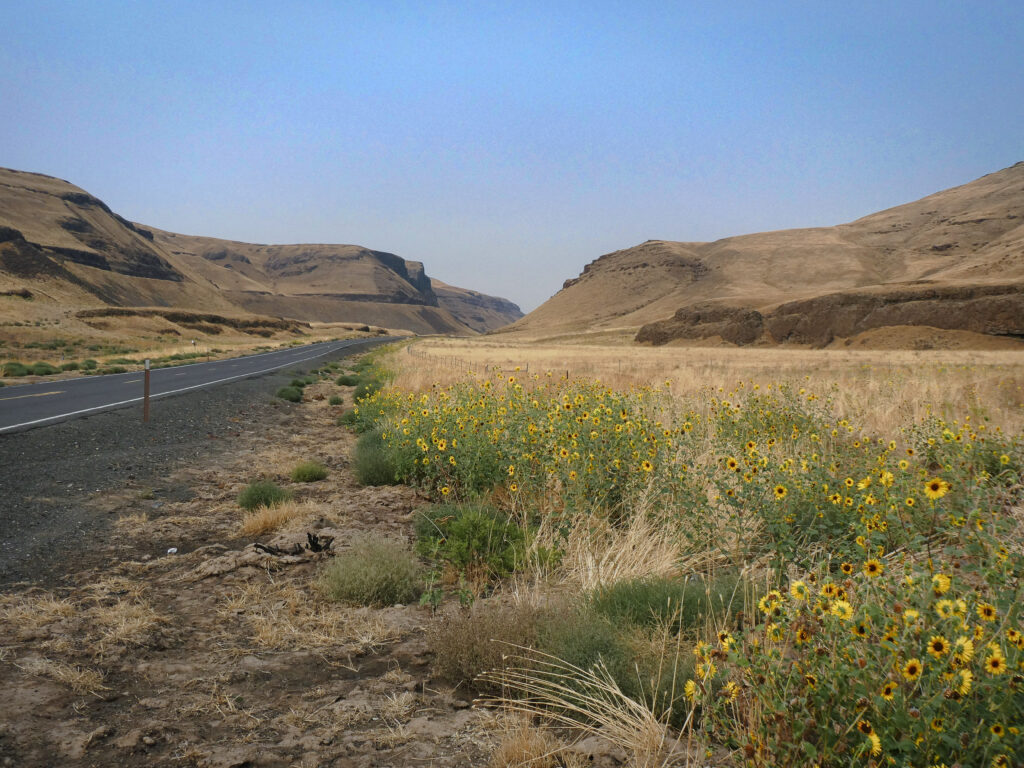
On top of a sand dune, the vast vista of the Columbia Plateau encircled the horizon with the mighty Columbia River itself slashing through the landscape. The sun was out and there was a gentle breeze to keep us cool. This being my first desert hike, the excitement of discovering new places was ever present during the day. This was my first day of school.
Unlike the first day in previous school years, this year was different. This year’s first day would involve a road trip to eastern Washington where we would study the ecology and geology of the region. Unlike the lush forests I had seen over the summer, the east side is completely different. Seattle is known for it’s thriving forests and near-endless rainfall. It is almost impossible to believe that right over the mountains is a desert. The Cascade Mountains are almost a barrier dividing two completely different worlds. The moment you exit the Cascades, everything on the western side you took for granted is suddenly replaced by a whole new environment.
I was aware of the Columbia Plateau, driving past the broad Columbia River and alongside the plentiful basalt pillars numerous times, but my adventures east of the Cascades were limited to just the Interstate-90. In the morning, we left home to find our street busy at sunrise. The peace and quiet of a summer morning was now over, replaced with a hectic rush hour of people heading to work and taking their kids back to school. Uneventfully, we traveled past the Cascades and into eastern Washington. Right after passing over the Columbia River, we took an exit and immediately entered the unknown. Everything I was about to see over the next two days would be brand new. Driving down a road encased by farm fields on either side, I had no idea where I was, which was all part of the adventure. Soon, we reached a turnout which led us into Hanford Reach National Monument. The location of the very first nuclear reactor, the monument is a relic of the old atomic age. Navigating through a wildlife preserve on a gravel road, there was no civilization in sight. There is nothing quite like the utter silence.
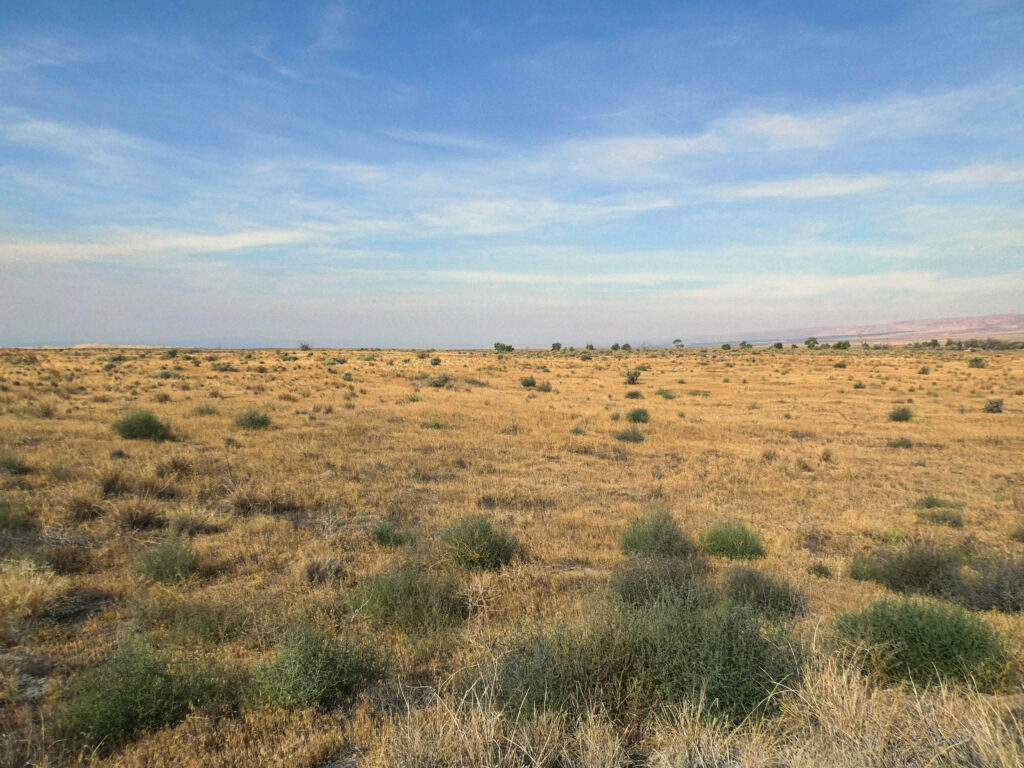
When we found the trailhead, the place was abandoned. With no one in sight, we parked right in the middle, hoping we wouldn’t find ourselves boxed in later. Setting off for the three-mile hike, I realized that this was my very first desert hike. I have trekked through the Cascades numerous times, however my exploration has been limited solely to the western side of the state. It is astonishing how much I do not know about the Columbia Plateau, which engulfs almost half of the state of Washington. In the distance you could see the various reactor buildings, the glistening shape warped by the heat waves. Soon, the baked mud trail evolved into sand as we summited the bluffs high above the Columbia. A place like this should be devoid of life, yet it still finds a way. Walking through the barren landscape, we occasionally saw a slight dusting of small brushes seeking out the most meager amounts of water in the arid soil. All of the sudden, we approached the sand dunes rising from the land. The contrast between the dunes and the ground were staggering; a wall of sand rising up into the air. I admit it took me a little while to climb to the top. Once I reached the ridge that led to the peak, the walk became easier. The view from the top of it was stunning. A complete panorama of the remarkable landscape, you could see everything from the reactor buildings to the tiny reflective speck in the distance which was our car. Far away was the highway, blending seamlessly into the tapestry of the land. When we got back to the car, our shoes full of sand, we hungrily consumed our lunches and then proceeded to the next stop.
The geology of eastern Washington is intriguingly fascinating. Shaped and crafted by multiple lava flows over millions of years, the Columbia Plateau is known for its incredibly distinct layers of basalt. Anywhere you travel, you can see the different levels, were lava flows once engulfed the region. The smooth rolling hills pierced by pillars of basalt are a sight to behold. After reaching the famous Palouse Falls, we could see almost every layer of basalt forming even stripes parallel to the horizon.
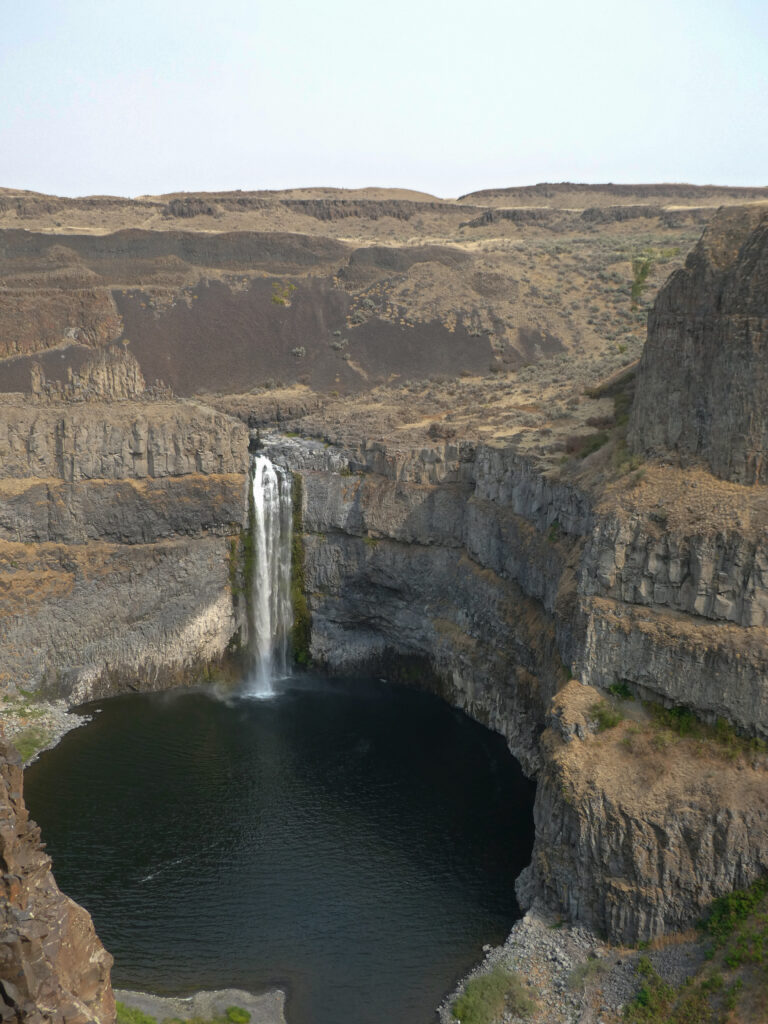
The Palouse is completely different from the rest of eastern Washington. On either side of the empty highway were the trademark rolling hills, forming an endless ripple pattern in the land. At this time of year the fields were a golden yellow. I would love to see what they look like in spring. As we journeyed northward, the Palouse was suddenly replaced with the ponderosa forests of the Northern Rockies ecoregion. Heading into Spokane (pronounced “Spokin” by a very incorrect GPS) around dusk, we checked into the hotel for the night. That night, we caught a Star Trek marathon on TV, which I watched until late. I should have gotten more sleep, but I always enjoy watching the overly dramatic Star Trek II: The Wrath of Khan.
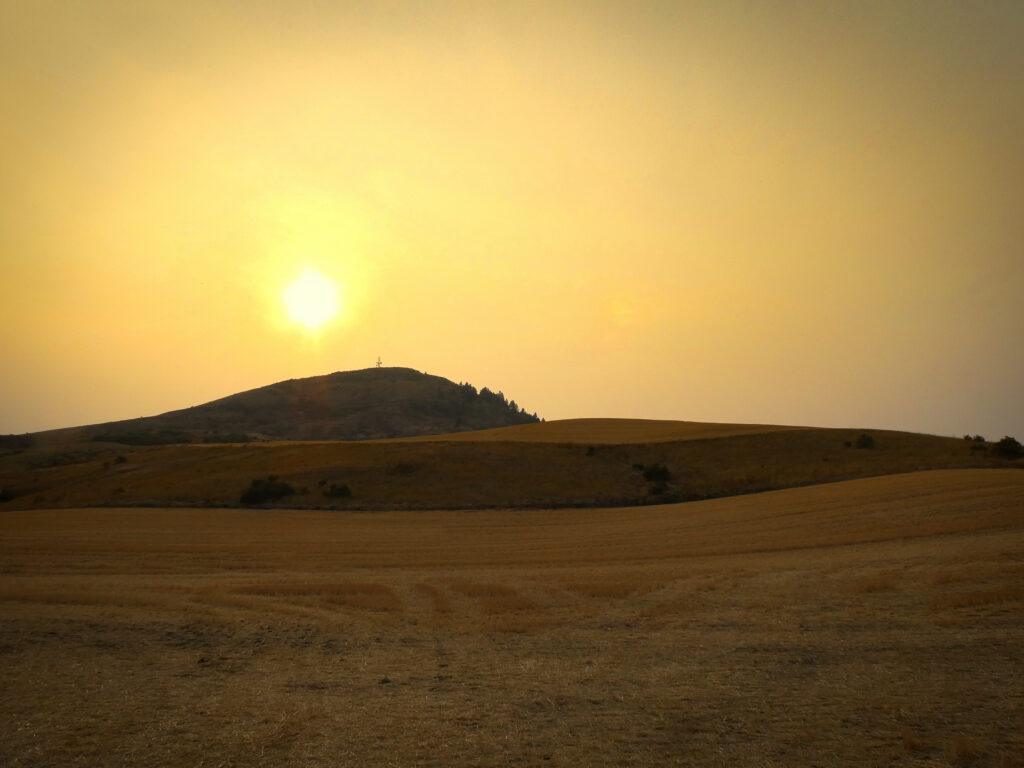
Driving out of Spokane the next morning, we saw how the smoke had worsened overnight. Due to the lack of visibility, we had to reorganize our plans. We rerouted and started to head towards Dry Falls, a remnant of the ancient Missoula Flood. Five times larger than Niagara Falls with a flow believed to be ten times stronger than all the world’s rivers combined, the waterfall was once a drainage path for the Missoula Flood. When the natural ice dam broke tens of thousands of years ago, the flash flood drained through the Columbia Plateau. The famous coulees are where the main drainage routes were, eroded by the powerful currents. After checking out an observation point perched at the rim of the gorge, we drove down into the basin. With sheer walls of basalt in every direction, the bottom of the gorge was an isolated paradise.
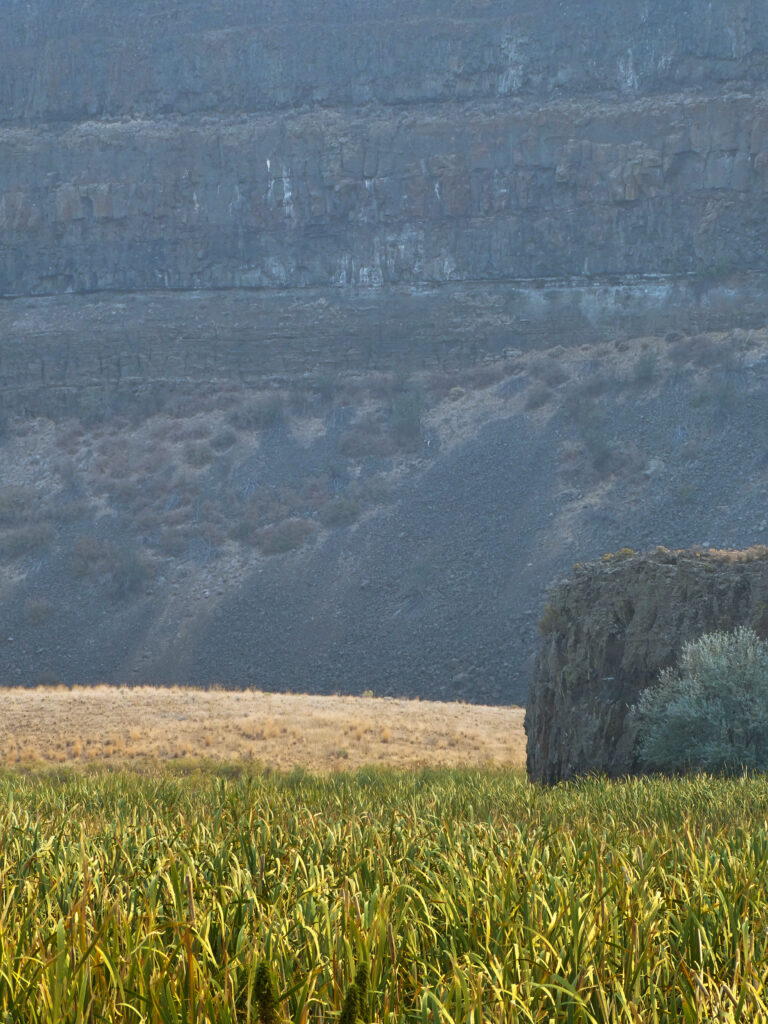
Driving on, we soon reached the final stop of the day. The trailhead to the Lake Lenore Caves was empty for the entire duration of our stay. Positioned between layers of basalt, the sedimentary rock where the caves reside erodes much quicker than the surrounding cliff face. These slots in the cliffside were used by Native Americans for shelter and storage. The trail was only a mile long and took us to many of caves along the cliffside. The path is a relatively easy way to see the coulee geology up close. Right as we were heading out another car arrived at the trailhead. Lucky timing. After getting back to the road, we started our drive back home, returning around dinner time. For a first day of school, the trip was more engaging than any previous school year, one of the perks of homeschooling.
Some Photos Of The Columbia Plateau:
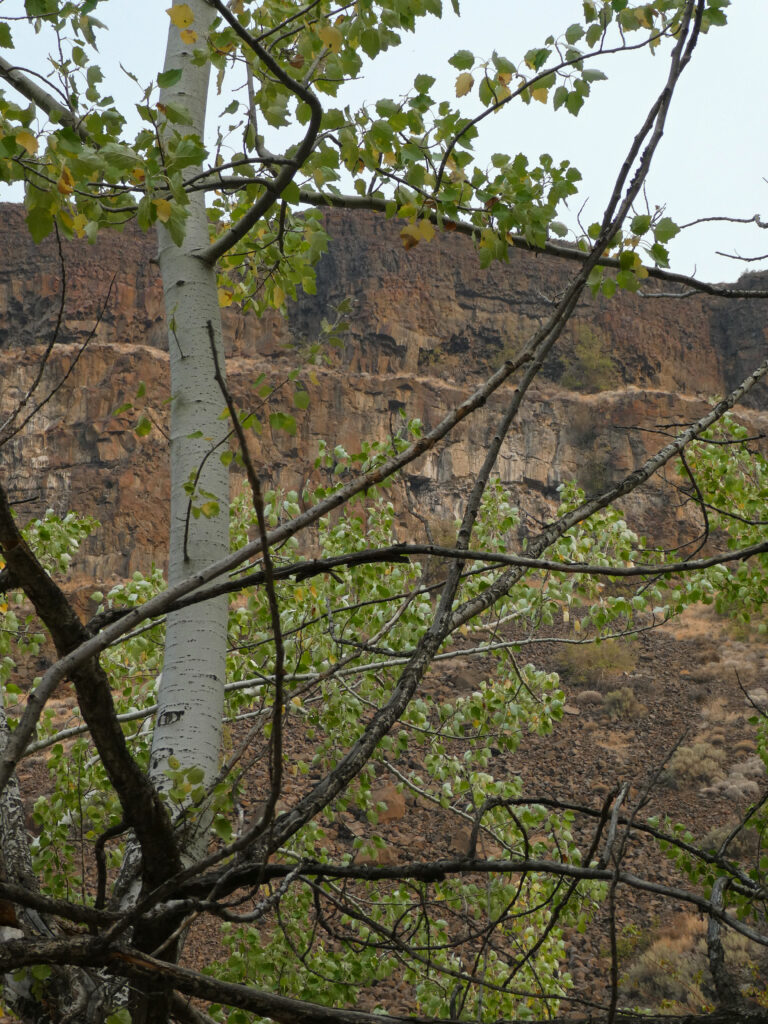
A grove of trees (presumed to be aspen) at the bottom of Dry Falls Gorge 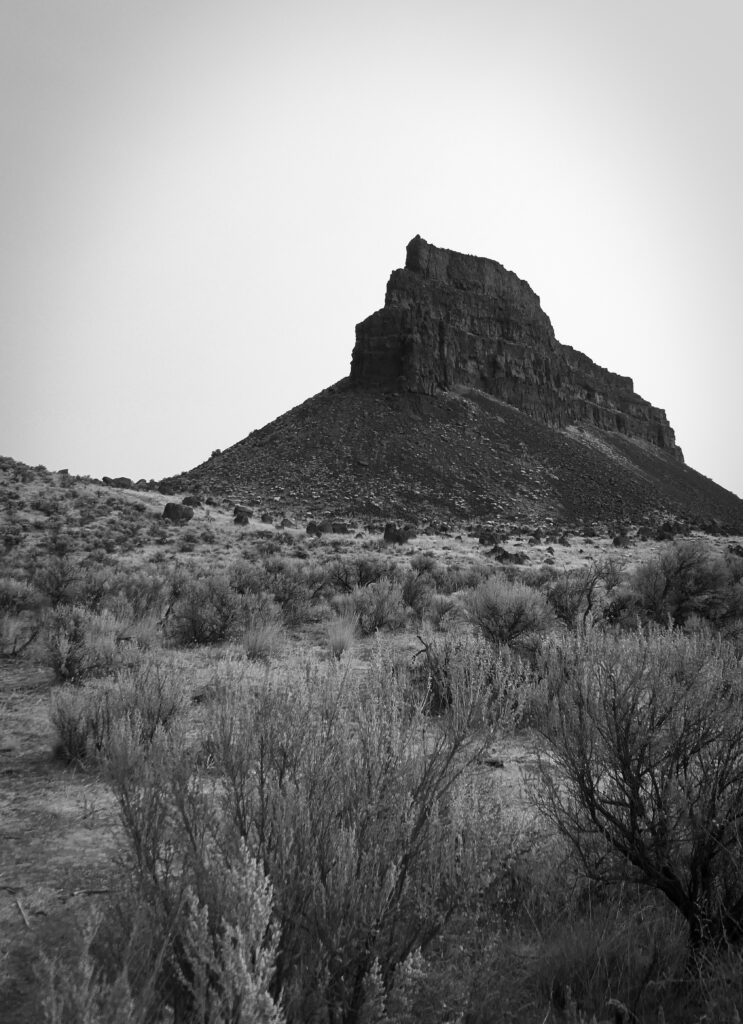
A pillar of basalt surrounded by the shrub steppe 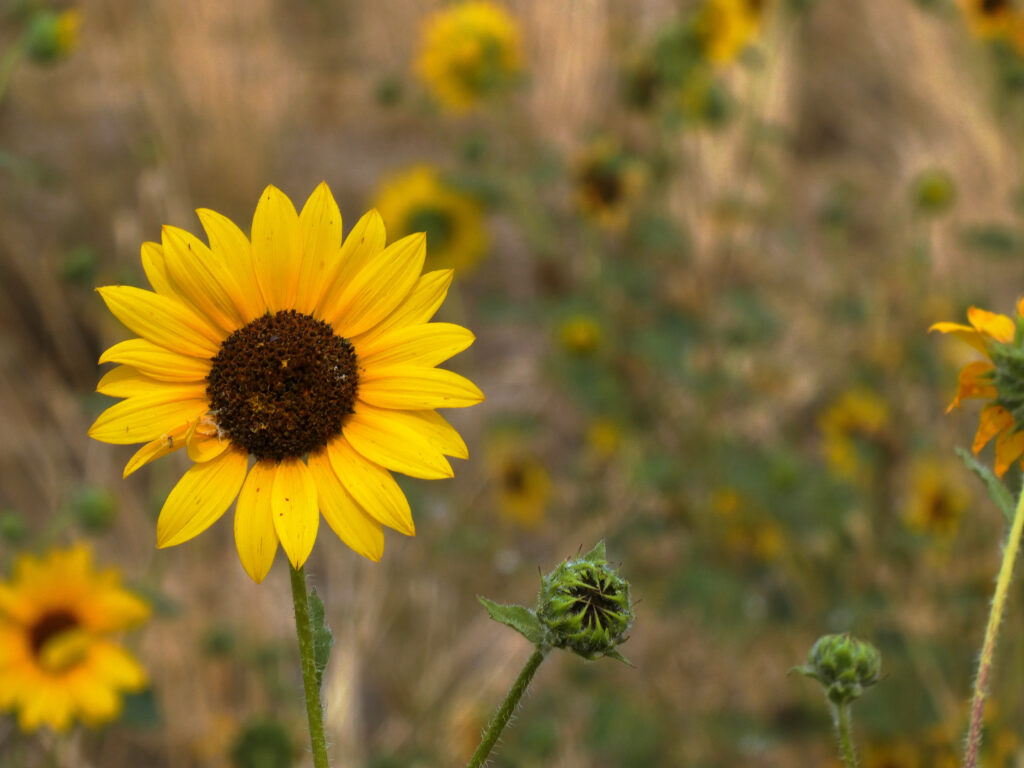
Flowers thriving in the desert 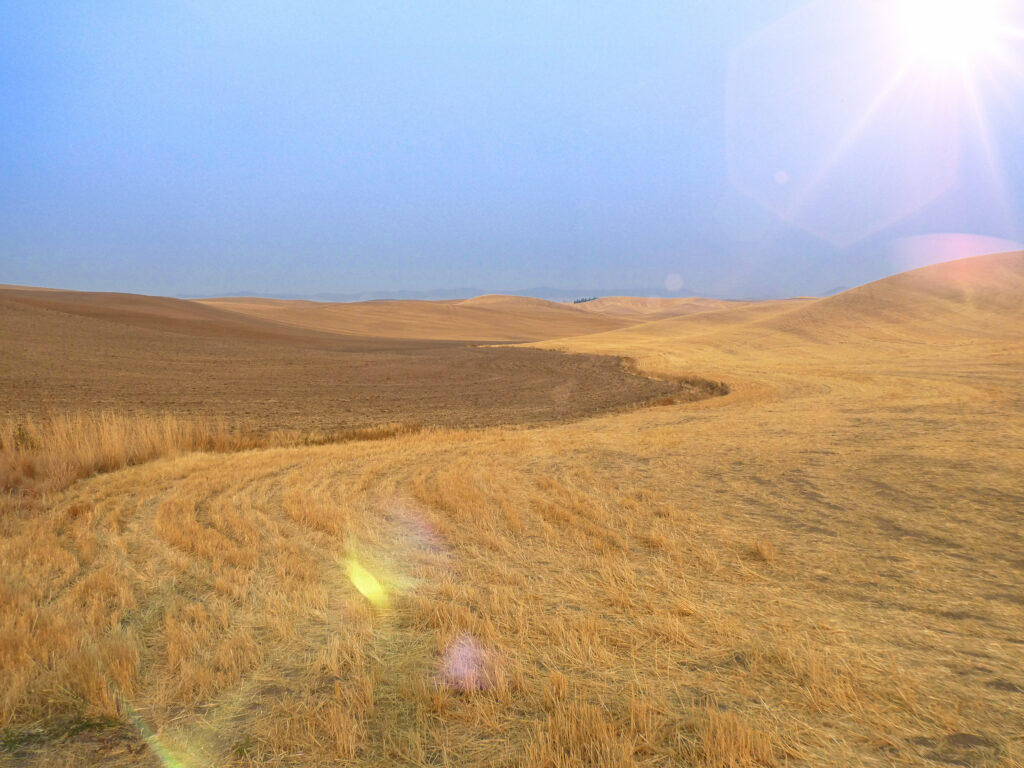
The rolling hills of the Palouse 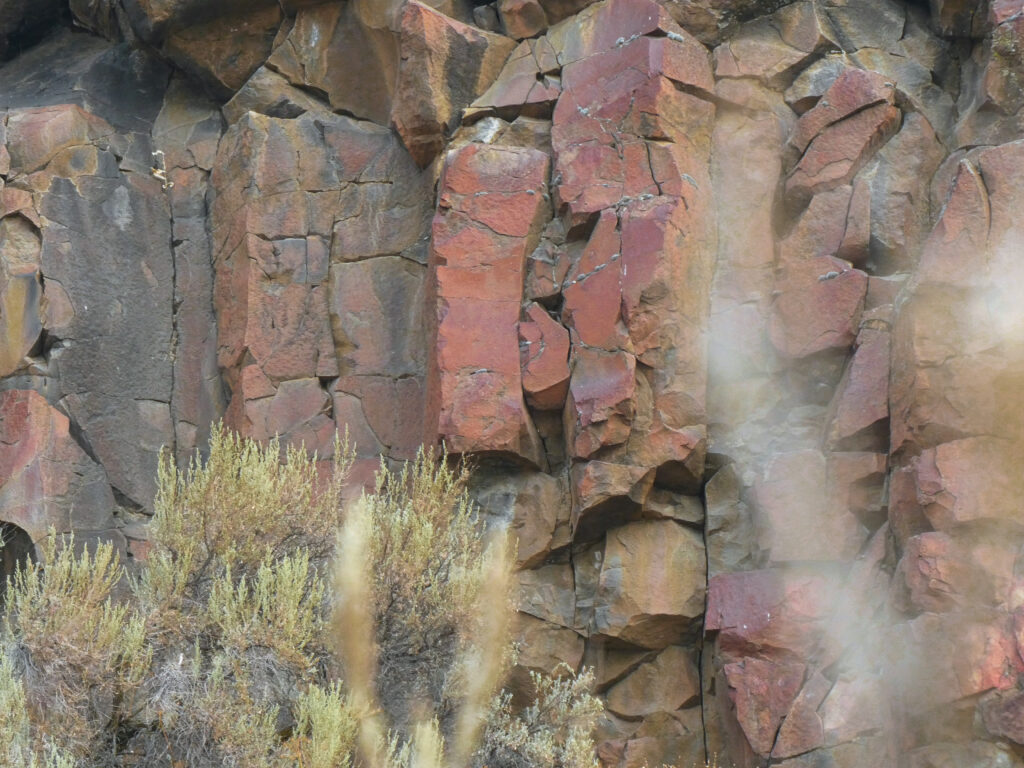
Basalt pillars up close 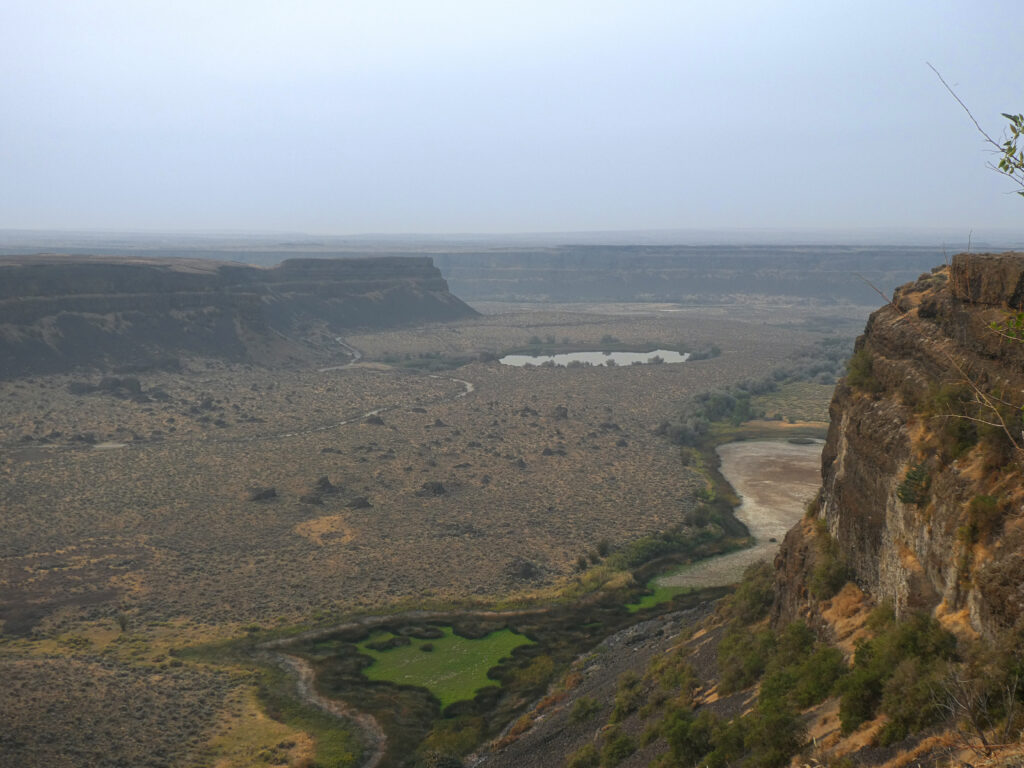
dry falls (smoke edited out) 
The vista from Hanford Dunes
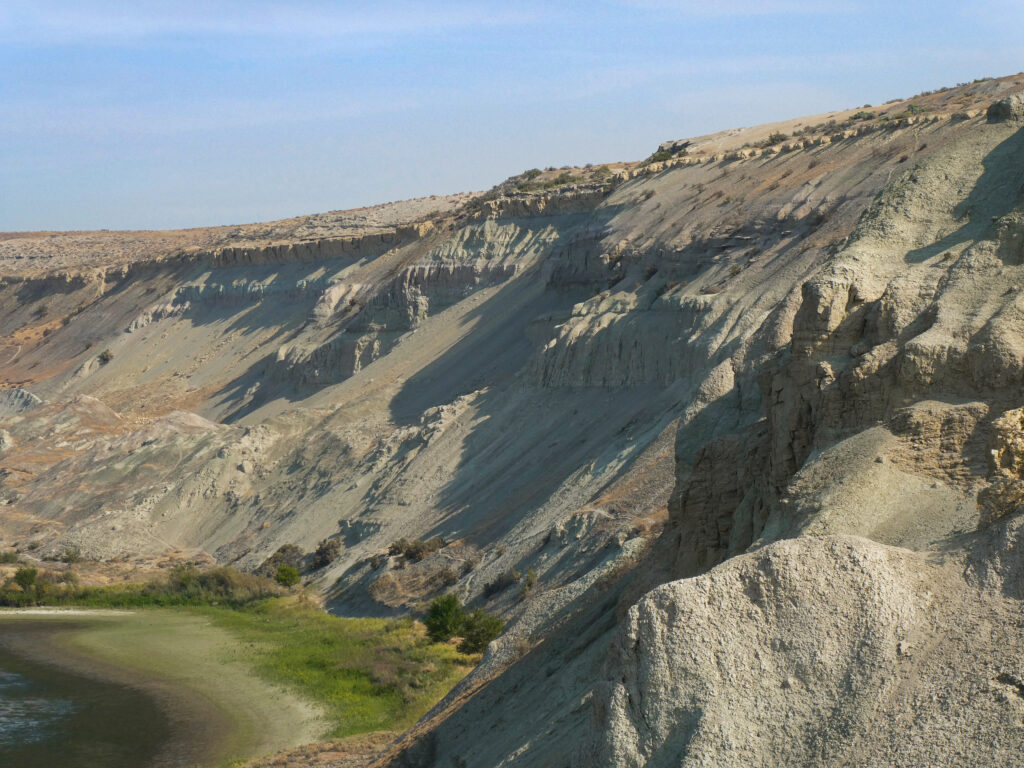
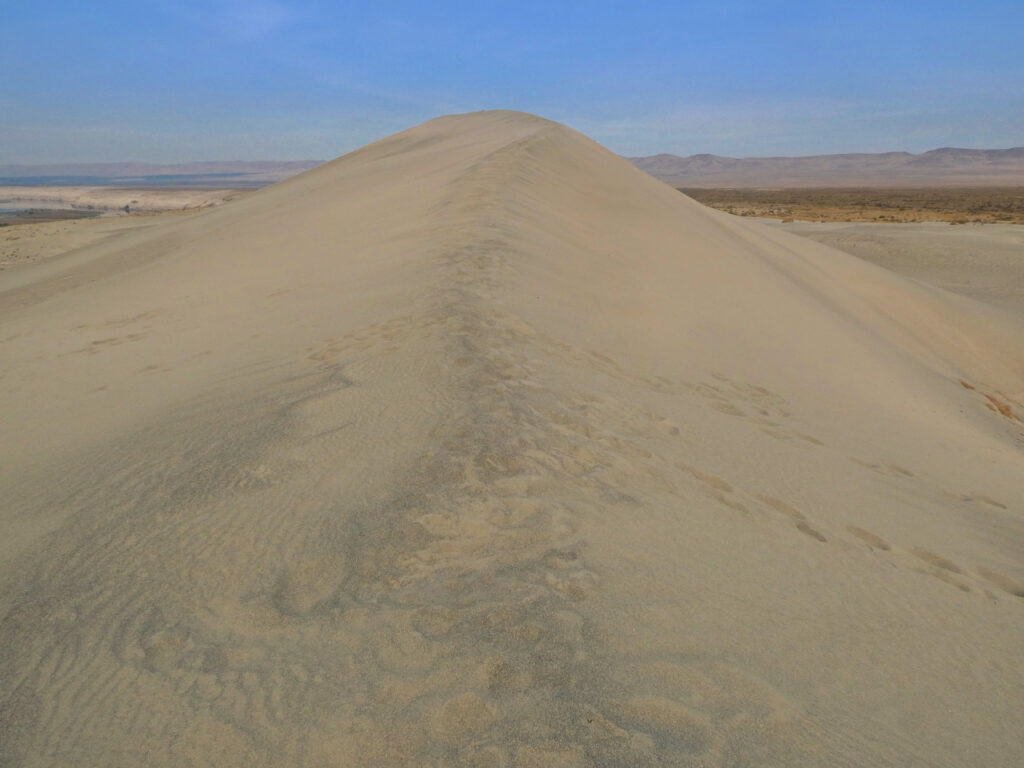
7 thoughts on “A Start To A Homeschool School Year”
Beautiful photos! And I love your writing- it is very engaging. I love how your homeschool journey is so individualized just for you!
Sounds like a wonderful adventure and the most epic first day of school!
It was a really enjoyable first day of school! Thank you for reading the post and commenting!
I learned alot about Eastern Washington I hadn’t known before.
Nicely written. Glad you enjoyed your first day of school. I hope the rest of the year is just as engaging!
Thank you. This was actually one of my first times exploring eastern Washington. It is shocking how different the east side is to the west. Thank you for reading it!
You have a way with words, young nephew! You took me with you in your journey. I confess I’ve never seen that area, although I did spend my last year of law school up in Moscow, ID, in the Palouse. The hills there are high and round, with the N/S road cutting between them. I found them eerie, and disturbing, and I was on the phone with your grandma the whole time. Beautiful, but spooky to me. I’m glad you enjoyed your first day of school! Many more adventures to come I’m sure with the teacher you have. Looking forward to more. And yes, I am wordy. 😉
Thank you so much for commenting! I had never seen anything like the Palouse before. At this time of the year, the hills were a beautiful golden yellow. Thank you for reading the post!
Comments are closed.